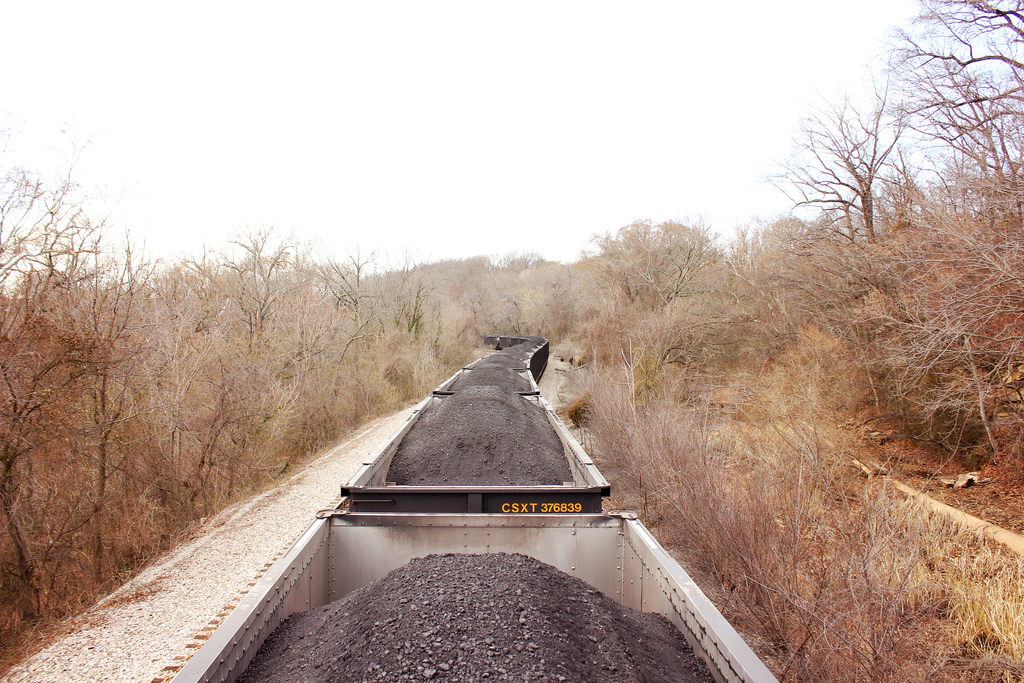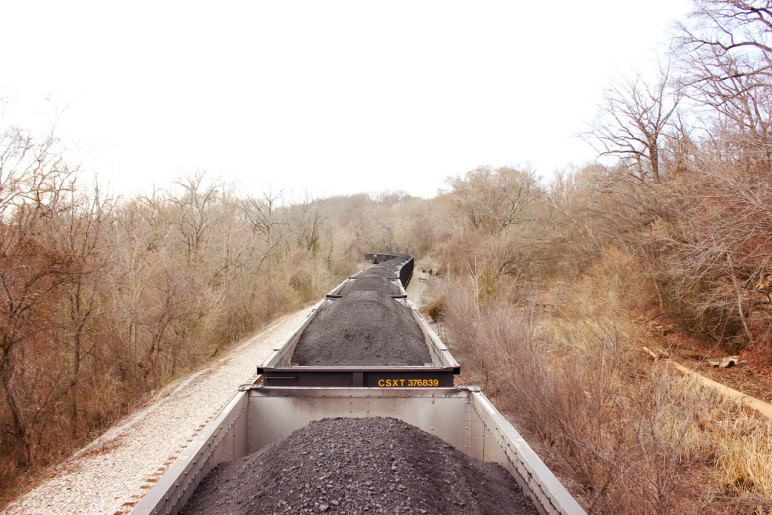When State Public Lands Commissioner Peter Goldmark denied a key lease for a proposed coal export terminal on Tuesday, he may have ended a fight that had dragged on more than six years.
The combined weight of tireless opposition and disintegrating finances tipped project after project into the dustbin.
That’s how long the coal industry had been trying to build coal terminals in the Pacific Northwest. In the fall of 2010, rumors began circulating that big coal companies hoping to export coal to Asia were hunting for port sites in the Northwest. The first of these plans to materialize was the Millennium Bulk Terminals project in Longview, Washington on the banks of the Columbia River. Although the project backers initially lied about the scale of their ambitions, it soon became clear that they intended to move a staggering 44 million tons of coal annually through the site—the biggest coal terminal anywhere in North America. It was the first fight in what would later become known as the thin green line, the Northwest’s opposition movement against fossil fuel export projects
And the Longview project was hardly alone. One after another, five more plans popped up to develop coal export terminals in Oregon and Washington. By 2011, it was the clear that Northwest shorelines from Coos Bay, Oregon, to Cherry Point, Washington, were in the bullseye of industry aims to flood Pacific markets with cheap western coal.
Quickly, however, public opposition to coal exports swelled, as environmental advocates, local communities, and business leaders all found reason after reason to be concerned about the projects. As Sightline research exhaustively demonstrated, Northwest coal terminals would have boosted global carbon pollution; spread noxious coal dust along the rail lines and near the terminals; increased rail and road congestion; and threatened the rights and livelihoods of Native American tribes.
And just as community opposition to coal export projects reached a crescendo, the financial underpinnings of the projects started to crumble. The projects had been proposed at a time when international coal prices were high and Chinese demand seemed inexhaustible, but soon faced a rout in both international coal prices and overseas demand for thermal coal. One by one, the deep pockets that had backed these projects pulled out. Some left because they were concerned about the growing financial and reputational risks, while others—including some of the largest coal companies in the nation—left because a collapsing US coal market had pushed them into bankruptcy.
With yesterday’s permit denial, the Northwest finally vanquished the threat of coal exports—defeating six major projects and allowing exactly none.
The combined weight of tireless opposition and disintegrating finances tipped project after project into the dustbin. The industry abandoned one big project in 2012, after the first big drop in international coal prices, and two more in 2013. The state of Oregon denied a key permit for a fourth project in late 2014. In early 2016, a mammoth scheme in Whatcom County collapsed when the US Army Corps of Engineers acknowledged that coal exports at the proposed site would contravene the Lummi Nation’s constitutionally protected treaty rights. That left just a single proposal—the Millennium terminal in Longview—on the table. Assuming that Tuesday’s Millennium lease denial survives any potential legal challenge, the Northwest states will have vanquished each of the six major coal export projects that the industry had launched our way.
Opposition to coal exports is the blueprint for a fight that has continued successfully against oil trains, and that is now training its sights on oil pipelines and fracked gas and petrochemical projects. It’s a major victory for the thin green line, and an important milestone on the Northwest’s path to a future with a responsible and sustainable economy.













Dean Smith
The coal trains are still rolling across Washington to Canada for export to China.
G.Wayne Hild
The sooner we leave the burning of fossil fuels behind and stop releasing the CO2 and Methane that has been sequestered millions of years ago from the environment the better off we will be.I’ve seen the aluminum coal cars being used to transport aggregate here in Texas and that is a good sign of them being used for other transport.